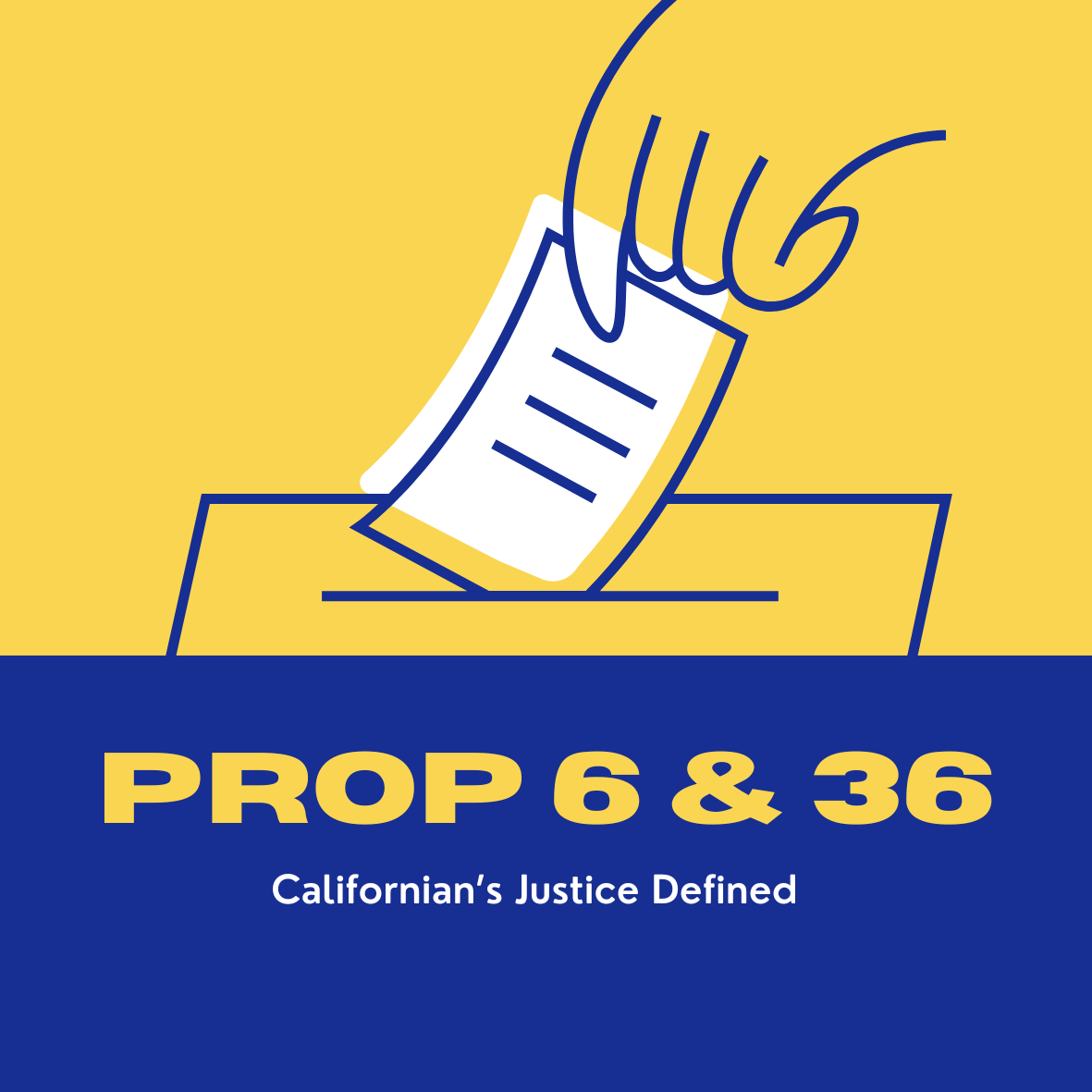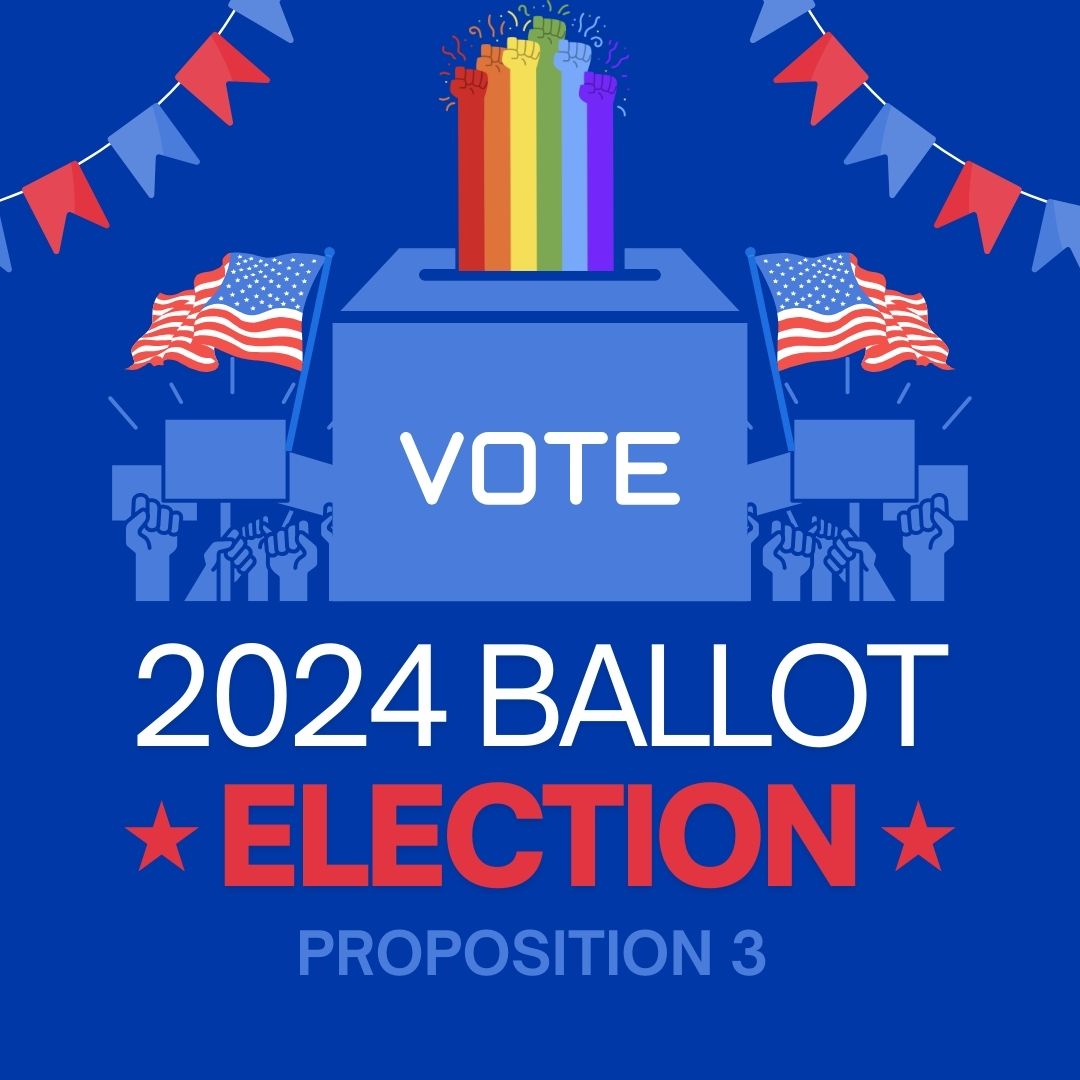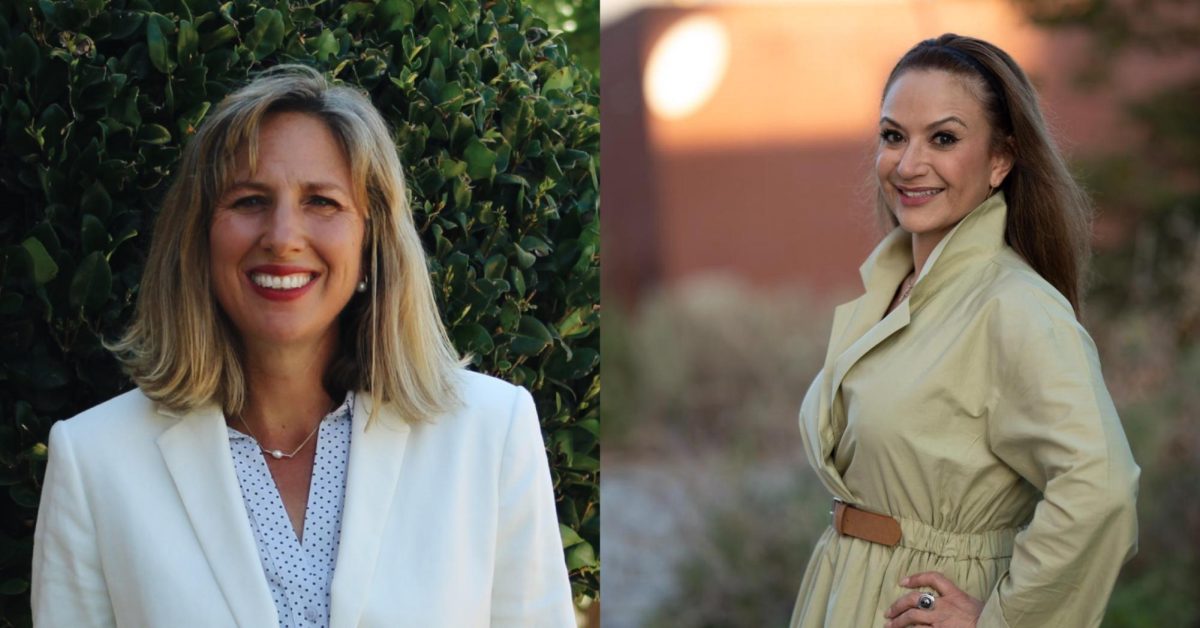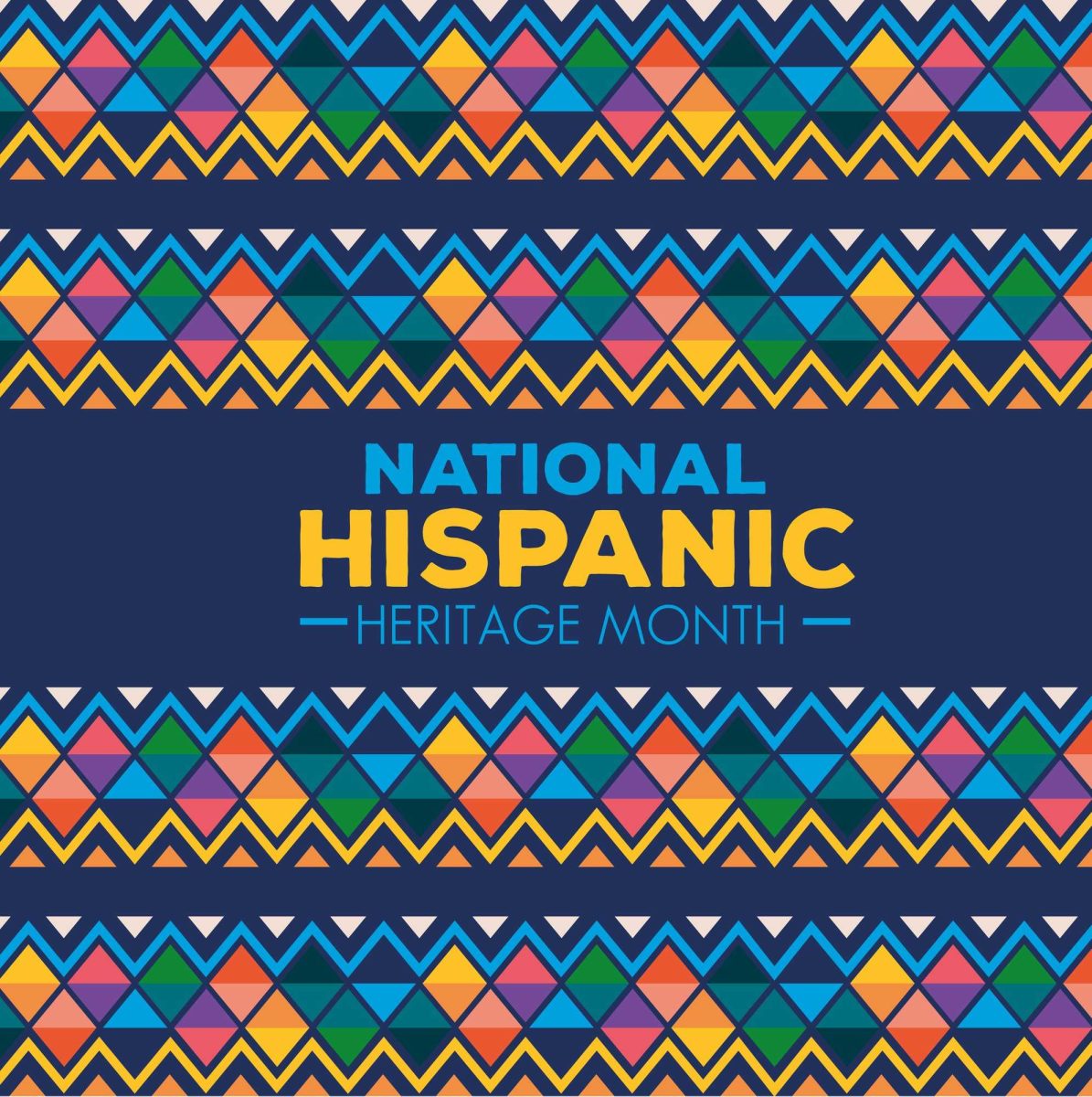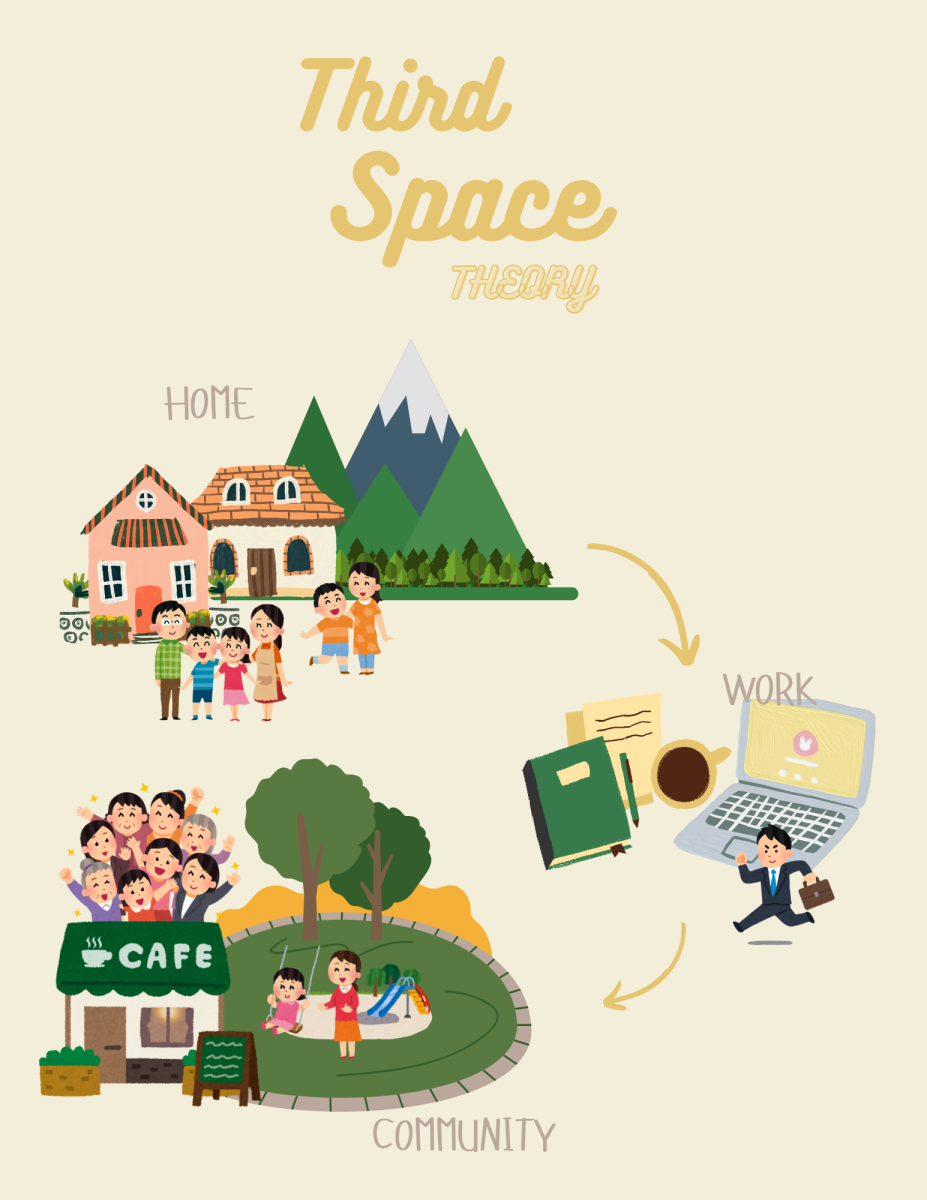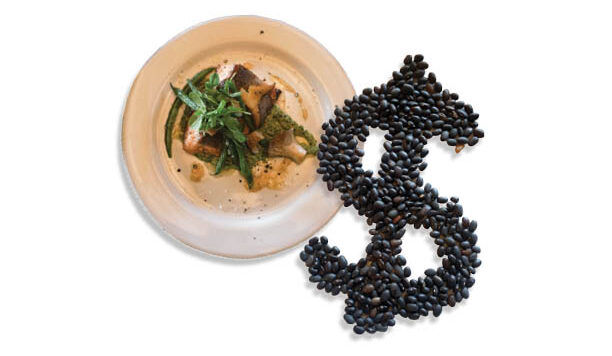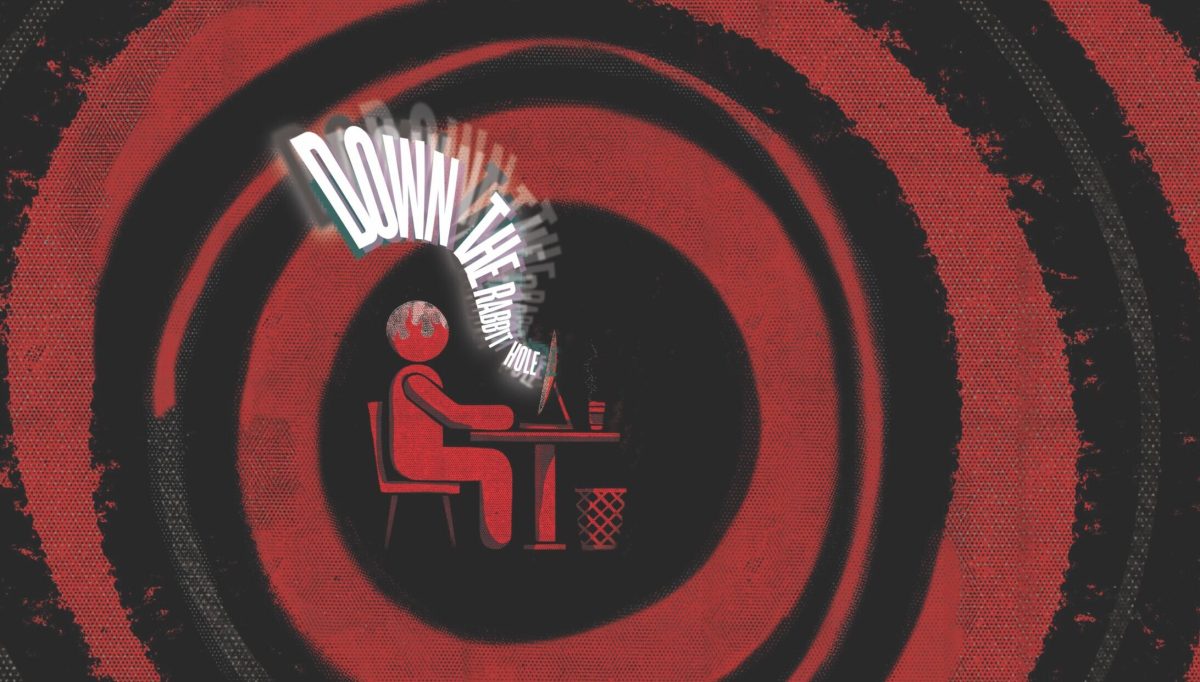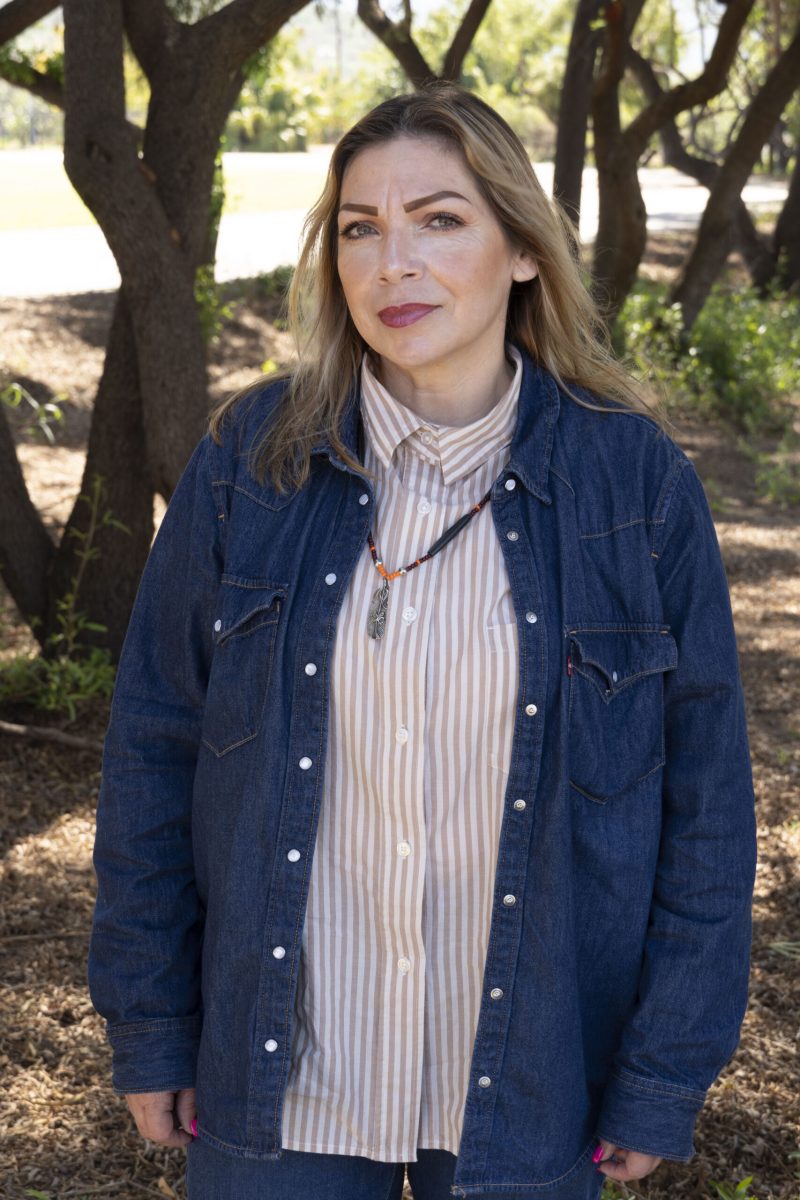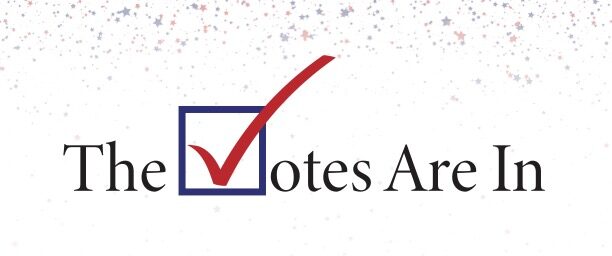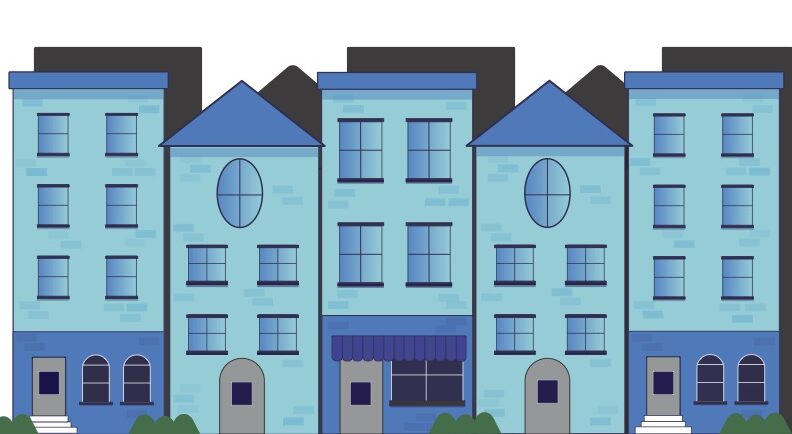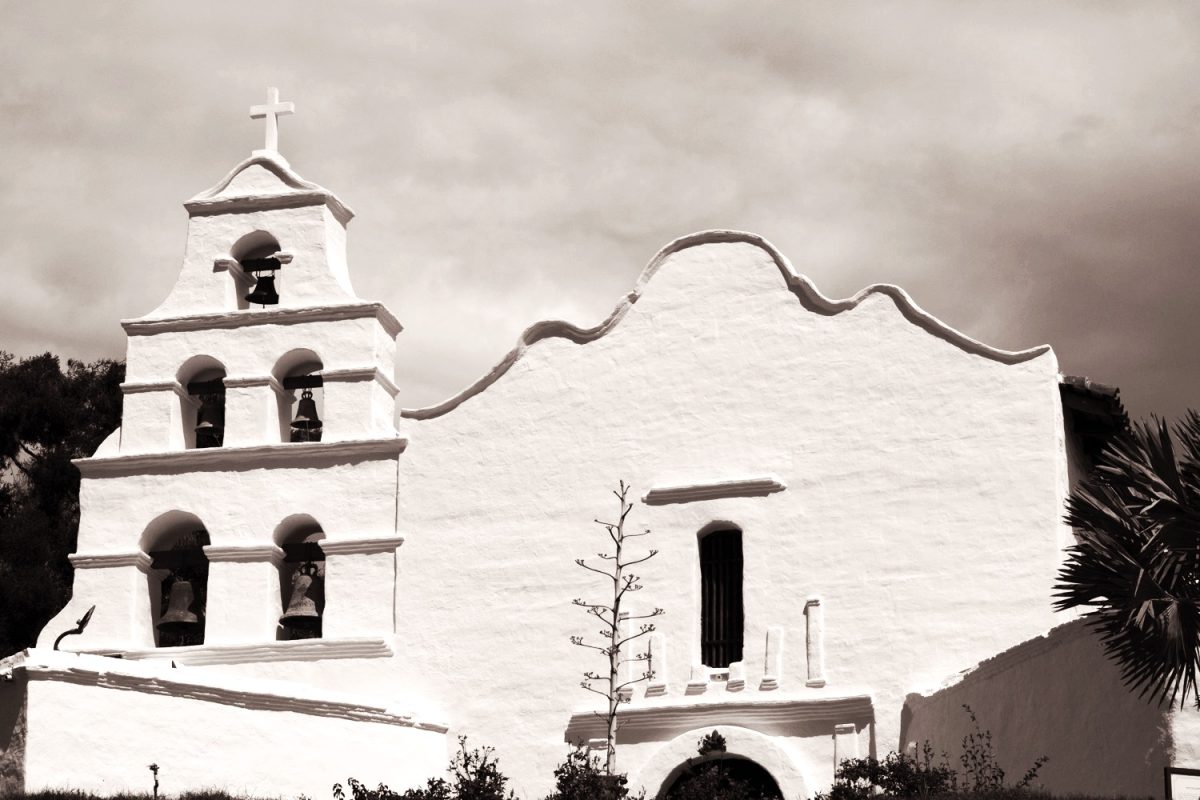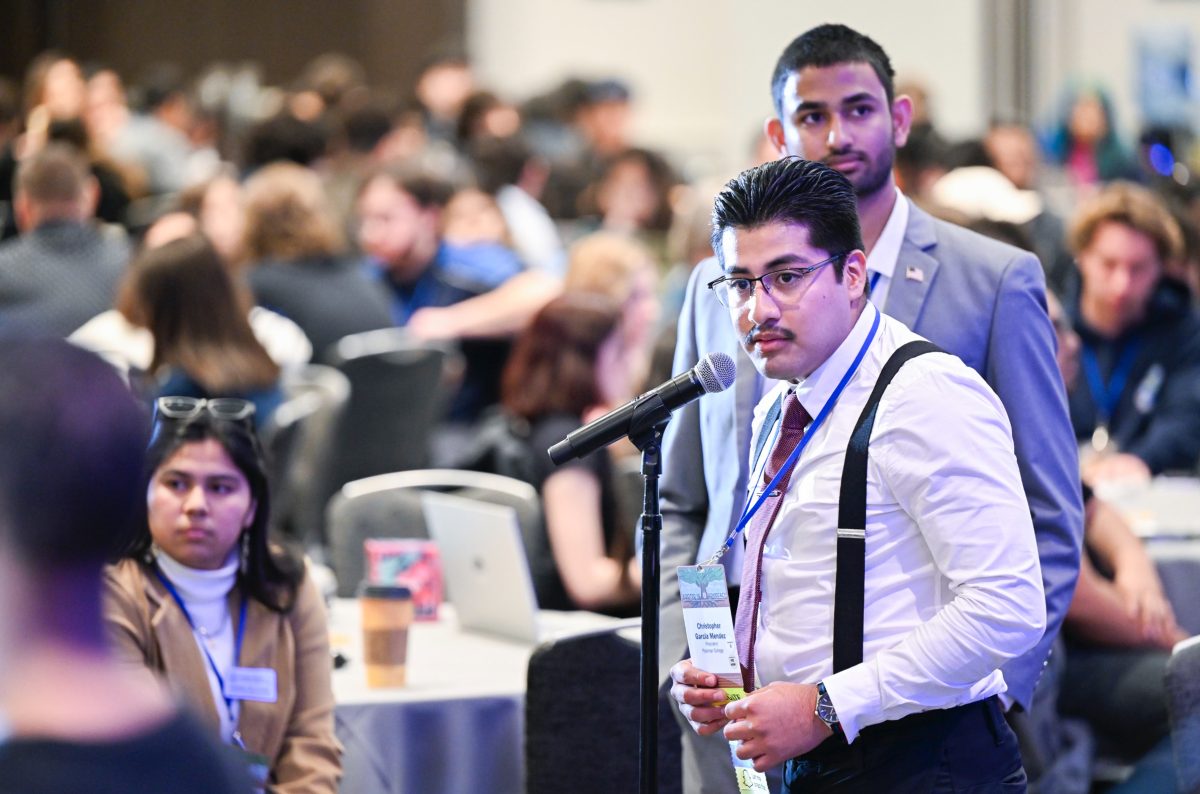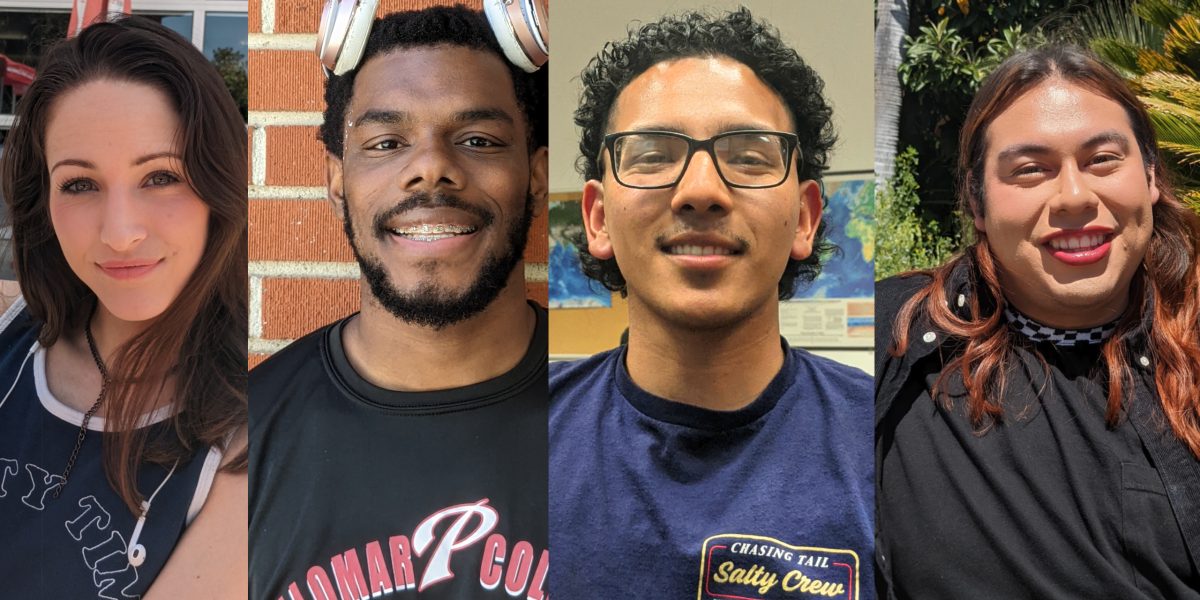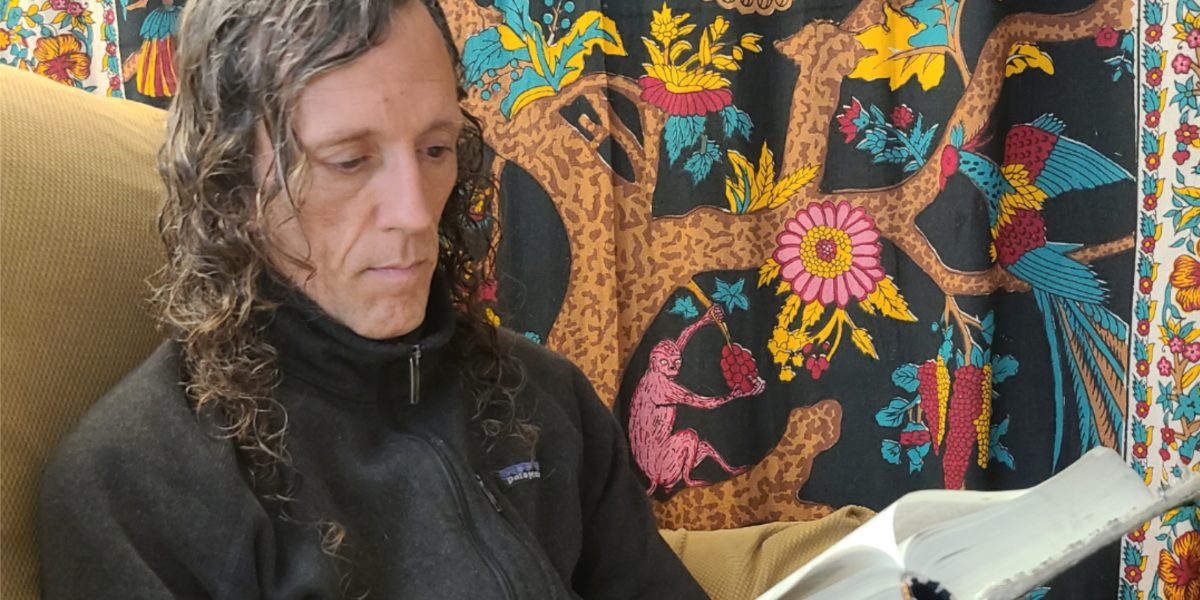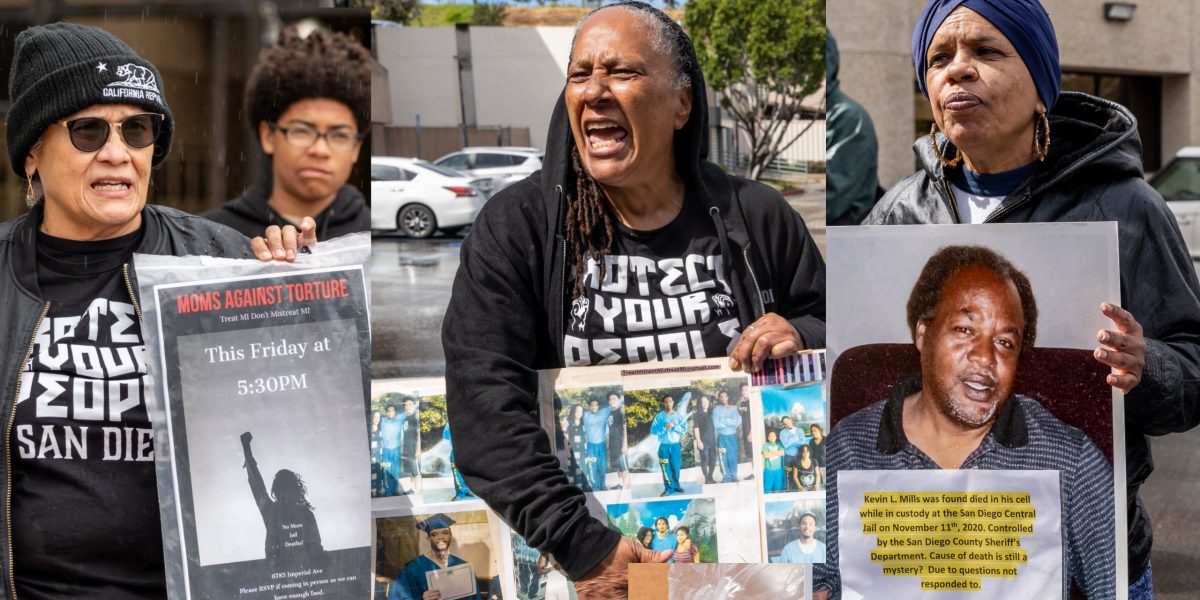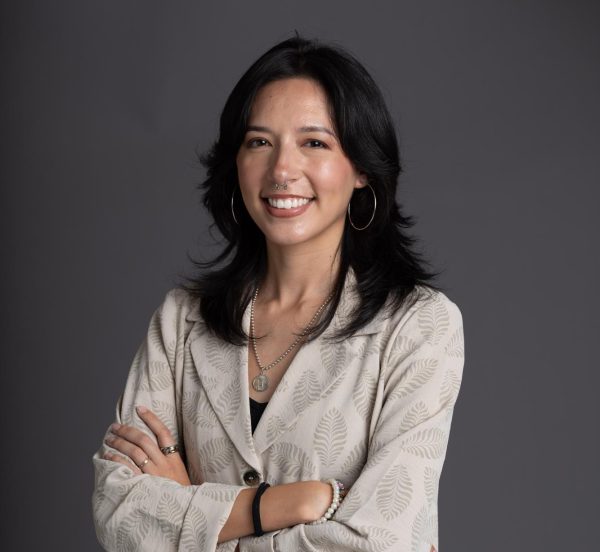Eat, profit, repeat — the colonization of the food market and the minorities who pay the price.
Hunger is universal. There’s nearly no other instinctual force that unites humanity in the same way than the reliance on food. Yearly U.S. census data indicates that 42 to 50 million people in the United States experience some form of food insecurity, and the disparities grow exponentially for minorities and people of color.
Colonization stigmas weave the food distribution web tightly — the people fall in, with the predators in plain sight.
“No native person is born without trauma,” said Catherine Lorraine Huber, a second-generation tribal descendant of the Cupeño tribe (Kuupangaxwichem), people of Pala Mission Indians.
With only 46 years since the approval of the 1978 American Indian Religious Act, native communities are practically at the birth of their religious and agricultural freedom journey. Delegitimization, eradication, loss; the list goes on in the native story of misfortune.
But the Native American experience is just one fraction of the immense percentage of disadvantaged communities in the United States who do not have access to healthy or affordable food. Racial disparities are all-consuming, dispersed, and yet, incredibly common.
WE ARE NOT THE SAME
Kate Burt, an assistant professor at Lehman College, City University of New York, brought light to the colonization of food culture in the United States in her journal, “The whiteness of the Mediterranean Diet: A historical, sociopolitical, and dietary analysis using Critical Race Theory.”
The introduction of the Mediterranean, or MedDiet, influenced by Ancel Keys’ Seven Countries study in the 1950s, depicts the power imbalances that ultimately established the Dietary Goals of the United States. The study compared the diets and health of men in seven mostly white European countries.
The findings of this study were mainly accepted to fight dietary-related cardiovascular disease in the U.S. These, however, did not account for the dietary restrictions of ethnic communities.
The dietary standards of the U.S. do represent predominately white standards, but do not accurately represent minorities. Immigrant and ethnic communities experience a much higher percentage of diet-related cardiovascular diseases, mainly found in processed foods.
“We were talking about all those foods with a lot of sodium like canned foods,” said Alex Gomez, professor of ethnic studies at Palomar College. “They can’t go to Whole Foods…you don’t have that in the hoods.”
Analyzing food insecurity among minorities is Gomez’s passion. As an immigrant from Colombia and a volunteer at San Ysidro station right by the Mexican-U.S. border, Gomez has a broad perspective of the daily immigrant experience.
Most of these immigrants get transferred to Chicago, New York, Denver, and Miami — food deserts — stocked with cheap food, high in sodium.
The indigenous communities ranging from México to Argentina sustained themselves with corn, holding essential amino acids,
beans for protein, and potatoes, according to Gomez. These communities, however, were dismantled, mainly due to U.S. capitalistic efforts with the passing of the North American Free Trade Agreement (NAFTA) in 1994.
“That land became available for this huge mass production of corn…the beginning of letting the U.S. and Canada to tap into that land,” said Gomez.
In turn, a mass influx of indigenous communities lost their jobs and homes, turning to the U.S. in hopes of better opportunities.
Gomez described the Chinampas, or “floating gardens,” of Xochimilco, México. Chinampas were home to various organic crops grown by the Aztec civilizations. However, with an increase of tourist efforts, these communities turned to canoeing exhibitions, leaving less room for the growth of healthy, organic produce.
Similarly to how Latinx groups struggle for assimilation to the food and profit culture of the U.S., Native American communities lack access to the nutritional needs of their native land.
“A lot of us barely have the energy to think about what’s good for our body, when we don’t even know if we’re gonna have our body tomorrow,” said Huber, a Cupeño tribe descendant. The Cupeño Indians were removed from their land in Warner Springs under U.S. Supreme Court orders in 1903. Their access to the ancestral lands holding organic food customs was practically eradicated.
According to Rebecca Webster’s journal, “Food Reservations at the Reservation,” USDA’s 1950s four food groupings — milk, meat, fruit, and vegetables — set the recommended U.S. standard. An enzyme called lactase causes the inability to digest milk sugar lactose in some ethnic groups. In turn, 74% of Native Americans are found to be lactose intolerant, accounting for a higher percentage of chronic diseases than any other race.
HOW FOOD MOVES
Gentrification efforts tower greedily over the disconnect that minority groups experience with healthy food access.
“A lot of times what happens before gentrification is the devaluation of certain neighborhoods…the abandonment of neighborhoods by policymakers,” said Pascale Joassart-Marcelli, geography professor and Director of the Food Studies Program and Center for Better Food Futures at SDSU.
Loan approvals happen predominately in suburban areas where high-income, white communities are established, according to Joassart-Marcelli. As a result, Black and immigrant communities are often left behind and become prime areas for gentrification. With the value of these minority communities decreasing, wealthy, suburban individuals establish businesses there for a lower price.
“When people discover that, you know, you can have amazing tacos or great Mexican bakeries or Vietnamese pho, whatever it is…something…suddenly becomes appealing to people,” said Joassart-Marcelli.
Suddenly, there is an increase of inauthentic ethnic restaurants selling food for much higher prices than minorities and immigrants can afford. It’s a dystopian experience for immigrants; engaging in the communities influenced by their own culture, but not being able to identify with them any longer.
“If you think about it, gentrification has been happening for a long time, and it’s very insidious,” said Joassart-Marcelli.
Rebecca de Souza, Associate Professor, School of Communication at SDSU, specializes in health communication, racism, and stigma. In her book, “Feeding the Other: Whiteness, Privilege, and Neoliberal Stigma in Food Pantries,” she sheds light on the experience of displaced individuals who rely on food pantries to survive.
“So there’s this like, complex intersection between demonizing poverty, because we don’t want to actually solve poverty, right?” De Souza said. “We don’t want to help.”
By placing the burden of poverty on the poor, it becomes a problem of the poor, and not a problem of society as a whole. It is easier to dehumanize these individuals if the problem is minimized to their efforts alone.
When Native Americans speak of food sovereignty, they don’t speak of going to food pantries, they speak of their ability to reconnect with their ancestral food practices, according to de Souza. Similarly, black communities remain shackled to poverty stigmas today due to the policies of the past.
“In the 1920s, there were…around 1 million black farmers in the U.S. Today that number is down to [around] 45,000…” said de Souza.
For years, USDA policies intentionally gave white farmers money to develop and prosper, but did not give the same support to black farmers. The USDA failed to address the matter of discrimination from 1983 to 1997 in the Pigford v. Glickman case of 1999. Today, Black communities still remain on the outskirts of redlining agricultural practices.
Food pantries are typically run by religious and mostly white volunteer groups. De Souza refers to the overhead shadow of yet another power dynamic within these sites whose purpose should be to provide. As a result, there is a prevalent lack of sensitivity for the people who seek help from these food pantries.
Poverty shame strikes again. Because some of these food pantries require a small fee, the organizers tend to backhandedly uplift these individuals in need by reinforcing the idea that they aren’t “freeloaders” but instead, paying for the services provided.
“Food is…not an immunization that you go once to a hospital and you get it, and you’re done right?” Said de Souza. “It’s all-consuming.”
NEVER-ENDING TIMELINE
The colonization of food can only be explained through the lens of colonization of the land as a whole.
With the rise of poverty and welfare conversations in 1400s England, “One of the main ways in which support was delegitimized was to say, ‘Hey, it’s not our problem, it’s their problem. They are hungry because there’s something wrong with them,’” said de Souza.
Although these long-gone monarchical ideologies seem irrelevant to today’s society, colonization patterns of delegitimization continue to prosper, even today.
For instance, the concept of “race to the bottom” influenced by neoliberalism ideals allowed the U.S. to stretch its migration policy. They “lower all kinds of standards because we want to reduce prices and increase our profits,” said de Souza. People from Central America could work legally in U.S. farmlands both underpaid and unprotected by fair worker laws with the 1942 Bracero Program.
“So that’s always been part of the strategy of dealing with food and food costs, that it’s subsidized literally on the backs of migrant workers,” said de Souza.
Poverty delegitimization persisted in the reduction of government funding for support systems during the Reagan administration.
With this mass influx of immigrant and low-income communities attempting to settle in the U.S. post-NAFTA, people turned to food pantries for support. Supplemental Nutrition Assistance Program (SNAP) benefits took a turn with the Trump administration in 2016, requiring proof of citizenship for approval. Fear spread like a virus amongst immigrant communities who could no longer obtain these necessities without the threat of deportation — the cherry on top of a delegitimization sundae.
Although things aren’t the way they used to be, the roadblocks to success are stubborn, strengthened throughout history, and the tide is just barely turning.
“I grew up in a different time than my mom did… my mom grew up when the reservation was still poor,” says Catherine Huber, a Cupeño descendant, “when people still desperately needed help from the church.”
In the end, following Christian border school ideals, which historically served the purpose of erasing indigenous culture and religion, was the next option for Huber’s ancestors. A dim light at the end of the tunnel.
In de Souza’s words, there is a need for “…people who experienced issues, [to] sit at policy tables and be part of that conversation.”
By holding an open seat at the policy table for marginalized communities, the issues that have been pushed solely into minority hands can be laid out at the table for everybody else to see.
Desensitization and ignorance are proficient artificial peacemakers amongst the fires of injustice. Opening the door to the voices that live and breathe in the struggle might just be the key to clearing the smoke.

